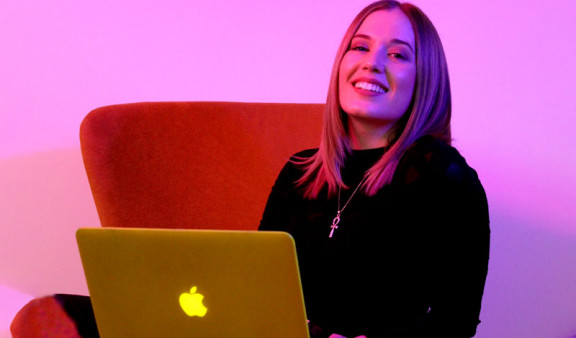
The Modern Workplace: How to create one effectively!
Today, employees are increasingly required to work from home and some have to learn totally new ways of working and using collaborative tools.
In light of this, companies are beginning to become aware of the opportunities and benefits offered by the Modern Workplace. Putting in place such a system will enable employees to work more efficiently, individually, as a team and remotely.
Building the Modern Workplace together with employees
First and foremost, creating a Modern Workplace means giving your staff the ability to work together in a more flexible and mobile way, from anywhere and on any terminal. Users are at the core of the Modern Workplace and their needs must therefore be identified from the outset of deploying the solution. When setting it up, you need to think about the best possible deployment for team working, as user needs are based on key areas that include communication, coordination and facilitation. The human dimension must be given as much weight as technical aspects.
Choosing the right tool for the right job
The company must define the specific way each tool will be used, including its features, its functions, its utility for users and how it will facilitate their work on a daily basis. Users must always be the first consideration when making choices. Modern Workplace tools are useful for both individual and collective production. For example, employees need to be able to easily communicate between themselves and with people outside their organisation, using the same tools. The portal aspect is also important for community and company-wide communication (e.g. Intranet), as is the social aspect, providing a space where colleagues can interact (e.g. corporate social network). Sometimes, the tools chosen by a company do not meet users' specific needs, which is why the development of usage scenarios is essential in order to ensure the Modern Workplace is effectively deployed.
Creating a user guide & governance
Employees may have many questions about the use of tools: why use Teams more to make calls and not Skype? Where and why should documents be shared to save time? How to improve collaborative projects and save time with them? By establishing a governance system, it is possible to define uses and harmonised guidelines, and communicate them to employees. A user guide sets out the tools' features and explains what they can be used for. This helps users and new arrivals at the company get to grips with digital tools more rapidly. Governance is provided by a committee made up of people from various departments linked to the solution, who will have a vision of the deployment and development of the Modern Workplace.
An ambassador to provide assistance and answer questions
Users will need to work with these tools on a daily basis and will not always be sure how to use them, how to manage bugs (yes, these are unavoidable!), how often updates should be performed and so on. This is why an employee-ambassador, who is able to answer questions, can play a key role in the smooth adoption of the Modern Workplace. This ambassador can ensure effective management of the changes brought about by the solution. This is why an employee support plan must be introduced as soon as development of the Modern Workplace begins in the company.
Collaboration between departments
Globally, interdepartmental collaboration ensures that the Modern Workplace is set up effectively. Firstly, there is collaboration between the IT and HR departments which play crucial roles. HR has knowledge about employees and knows who to contact and how to contact them, meaning it can rapidly pass on their needs to the right people and help the IS department choose and deploy the right tools. The committee created for governance can therefore include people from these two departments. Other departments are also involved in this approach, such as the Communication Department and General Management.
The key to effectively setting up a Modern Workplace is to avoid underestimating employees, their desires and their needs to work efficiently and more independently. As we have seen, a Modern Workplace presents many positives for both the company (competitive advantage and increased productivity) and employees (increased independence, more efficient working through the elimination of repetitive tasks, etc.). The Modern Workplace is a significant asset for the growth of a company and its ability to provide a stimulating environment for employees.